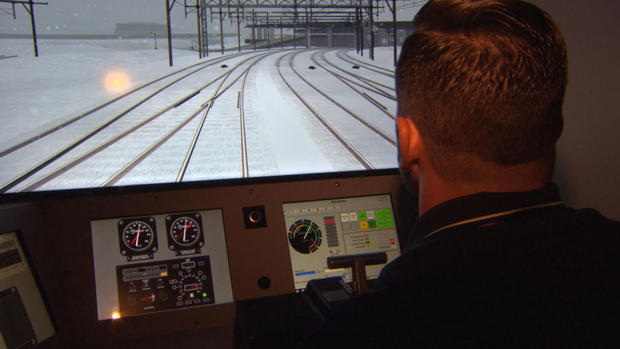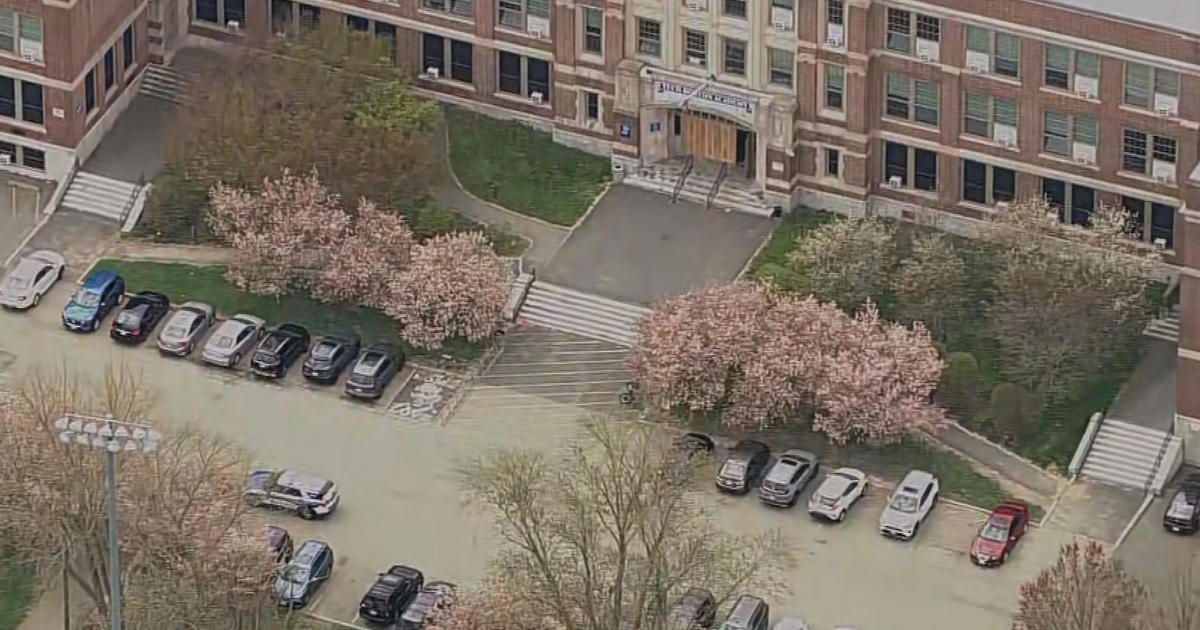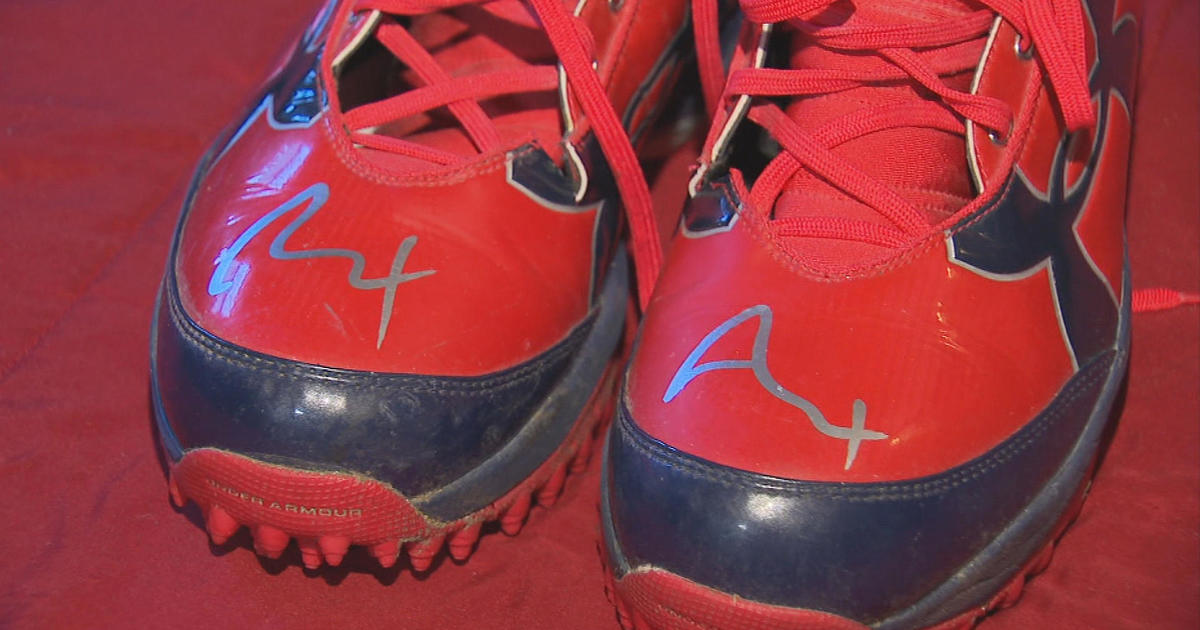Pitts Stop: Keolis Debuts New Locomotive Simulator
BOSTON (CBS) - Take one step inside Keolis' latest training tool, the locomotive simulator, and you'd think you were in a real train.
With motion seats, a rumbling engine and an identical switchboard, every feature and every sound in the simulator is exactly as it would be in real life. Keolis even went as far as to add that signature screeching sound effect we know all too well when a train pulls into a station.
The two-year, $1.2 million project included mapping out all the lines in Boston, with CGI engineers creating a virtual reality along every track.
Up until now, trainees would learn in the classroom and by riding along with an engineer on an actual train with passengers. The only problem with that was, they would very rarely run into an emergency situation and they certainly never wanted to create one for learning purposes with passengers on board.
"Pretty much almost anything that can happen to them in real life we can simulate in here now," Simulator Training Manager Brandon Quaranto told WBZ-TV.
"We can now simulate 26 different mechanical failures that the student can troubleshoot on their own, and on top of it not have the safety net of that instructor sitting next to them with that safety blanket," he said. "They actually have to sit here and troubleshoot it on their own and work their way through it."
Quaranto can also simulate signal issues, derailments, slippery rails and Nor'easters.
"We can simulate ice building up on the brakes and the engineer would have to do some things to melt the brakes and get ready for a station stop," he said.
He can even place a car on the tracks to prepare future engineers for potential strikes and making emergency stops.
"We can't create these scenarios in real life with revenue trains and passengers on them, so by us being able to do it in here, it's going to make a better-prepared engineer," Quaranto said.
The next class of 12 engineers who will begin training in the simulator this September will need to log over 75 hours during their 9-month training. All engineers will have to re-certify on the simulator every 3 years.
The simulator will also train engineers on Positive Train Control, or PTC, an automatic system that takes over when it senses a train speeding or running red lights.
"It gives me a little bit more piece of mind," Quaranto said. "I know eventually our goal is when an engineer encounters something in 6 months in real life, they'll be like 'Oh my goodness, I did that in the simulator. I remember what I need to do.'"






